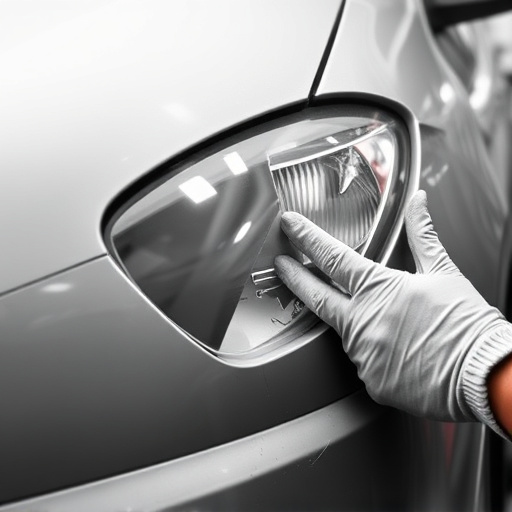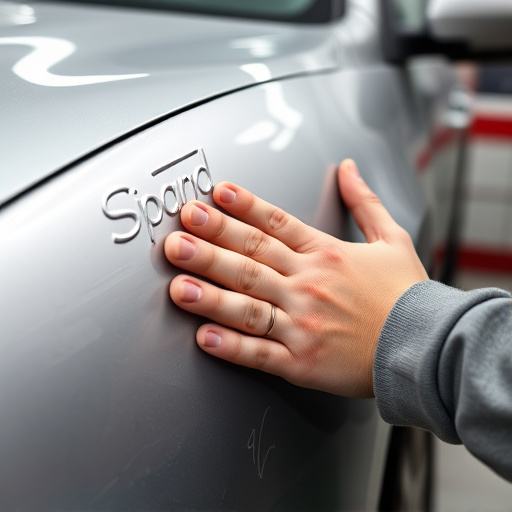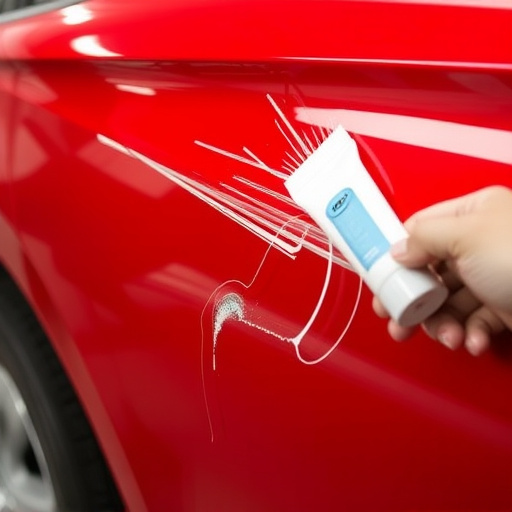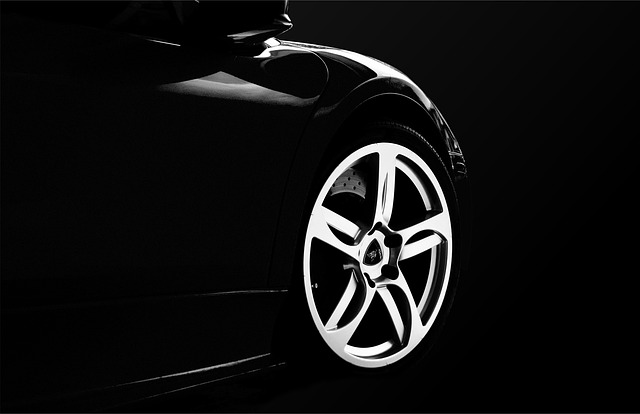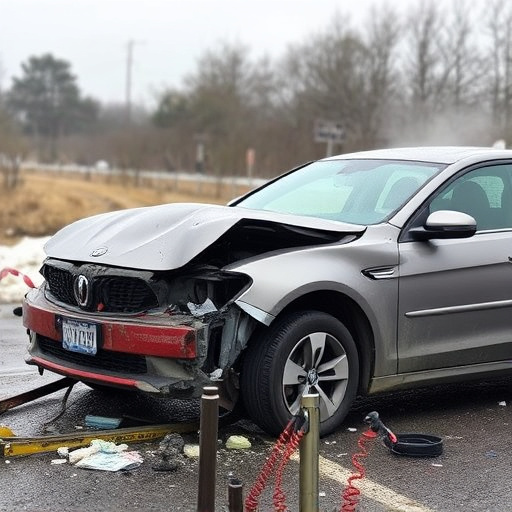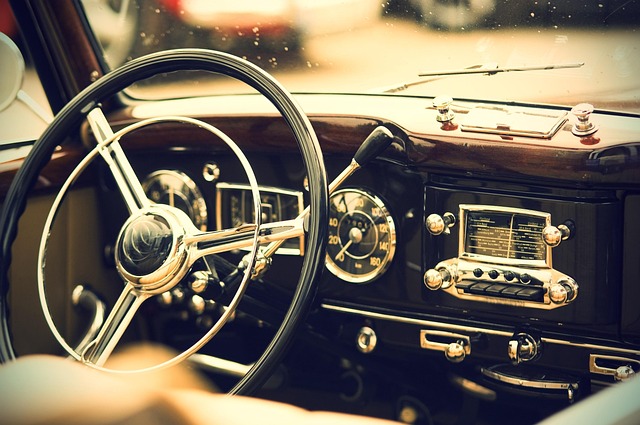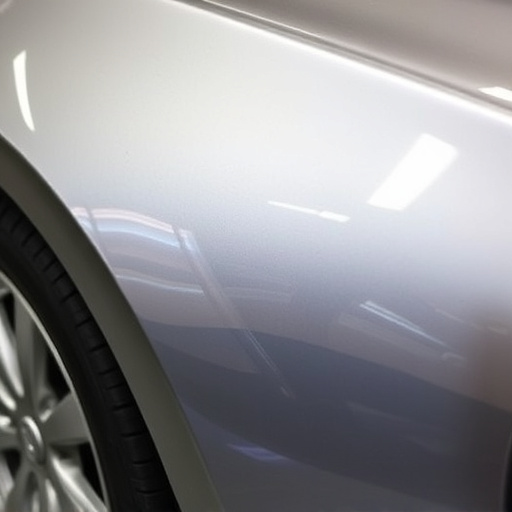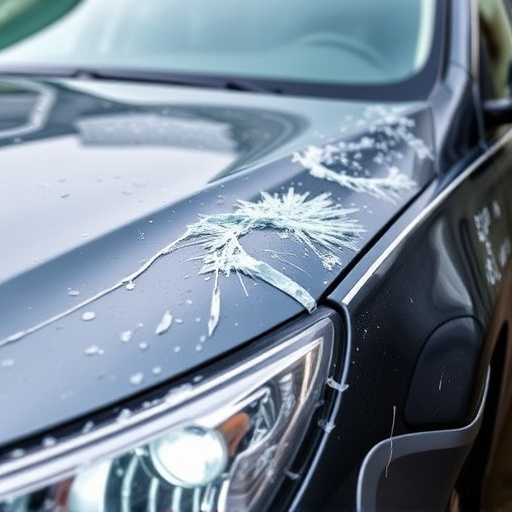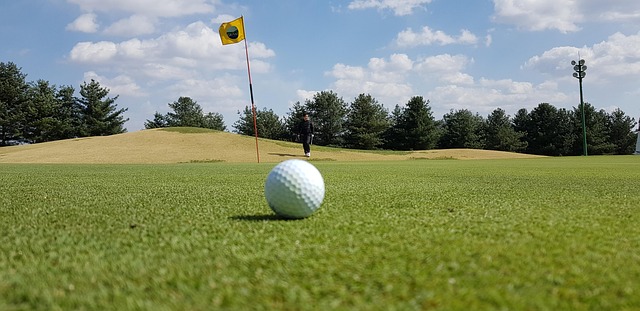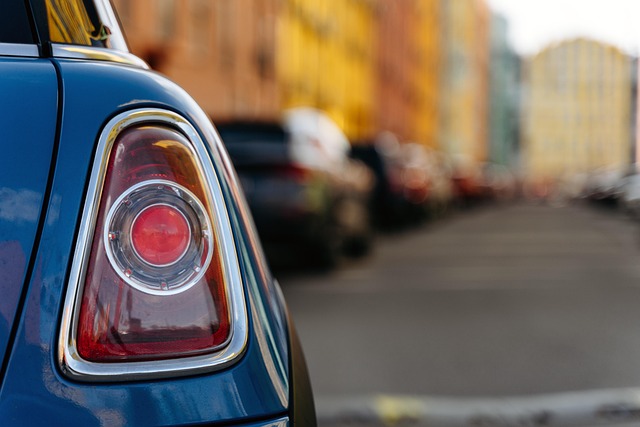Mercedes unibody repair requires a controlled environment and meticulous techniques. This process involves specialized tools, skilled technicians, and step-by-step procedures for precision. From damage assessment to paint application and final inspection, each step ensures structural integrity and vehicle value, adhering to Mercedes standards.
Mercedes unibody repairs demand a meticulous approach due to the intricate construction and structural importance of these vehicles. This article delves into the controlled repair environment ideal for addressing such delicate work, highlighting benefits and essential equipment. We’ll guide you through a step-by-step process, emphasizing precision and efficiency in Mercedes unibody repair techniques, ensuring optimal vehicle restoration and safety.
- Understanding Mercedes Unibody Construction & Its Vulnerability
- Controlled Repair Environment: Benefits and Equipment
- Step-by-Step Guide to Efficient and Precise Unbody Repair Techniques
Understanding Mercedes Unibody Construction & Its Vulnerability
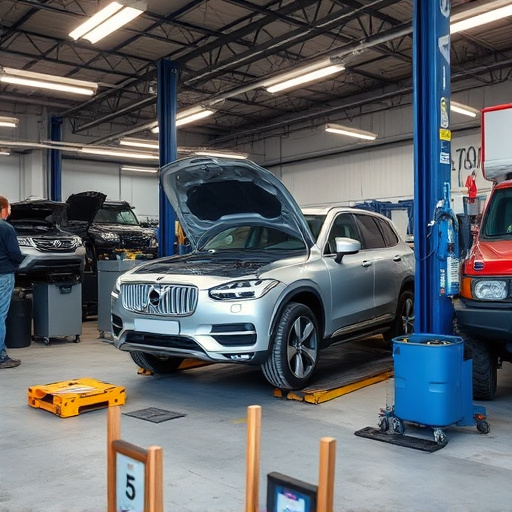
Mercedes unibody construction is renowned for its precision engineering, combining lightweight materials with advanced design principles to enhance safety and performance. This innovative structure, however, isn’t invulnerable. Specific areas like the chassis, doors, and fenders are particularly susceptible to damage during accidents or daily wear and tear. Such damages can compromise structural integrity, making efficient and precise auto body repairs crucial for maintaining the vehicle’s safety and value.
Understanding these vulnerabilities is key when considering Mercedes unibody repair. Specialized techniques, tools, and trained technicians are required to ensure accurate alignment and restoration of damaged components. This meticulous process goes beyond standard tire services or fender repair; it demands a controlled repair environment that simulates the original manufacturing standards, ensuring both aesthetic and structural perfection.
Controlled Repair Environment: Benefits and Equipment
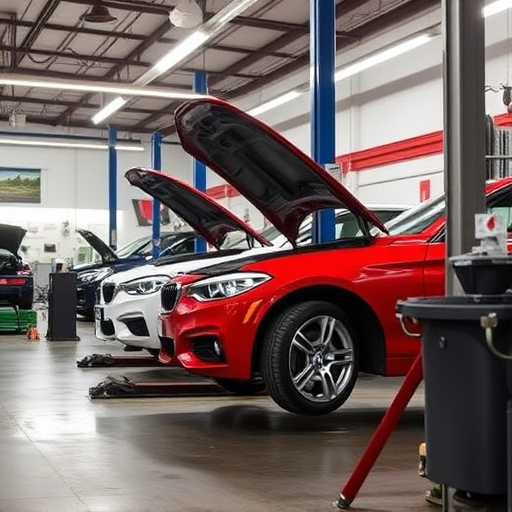
A controlled repair environment plays a pivotal role in ensuring precise and high-quality Mercedes unbody repairs. This specialized setting, typically found in top-tier vehicle body shops, offers numerous advantages. It provides an optimized space where skilled technicians can meticulously work on damaged vehicle bodies, ensuring every detail is addressed with precision. This environment allows for the implementation of advanced repair techniques and access to state-of-the-art equipment tailored for Mercedes unbody repairs, including specialized tools for metalworking, welding, and panel replacement.
The benefits extend beyond simply offering a dedicated workspace; it guarantees consistent conditions throughout the repair process. This consistency is vital for achieving accurate results, especially when dealing with intricate car paint services and tire services. The controlled atmosphere minimizes variables that could impact quality, ensuring every Mercedes unbody repair meets or exceeds industry standards.
Step-by-Step Guide to Efficient and Precise Unbody Repair Techniques
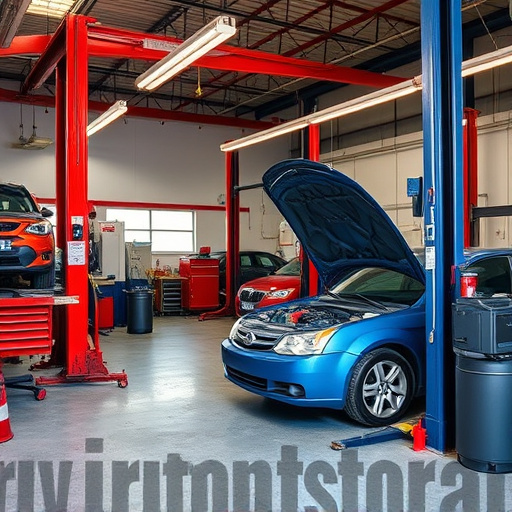
Mercedes unibody repair requires a meticulous approach to ensure precision and quality. Here’s a step-by-step guide for efficient and precise unbody repair, tailored for this premium vehicle brand:
1. Preparation: Begin by thoroughly inspecting the damaged area and gathering all necessary tools and materials specific to Mercedes unibody repair. This includes specialized equipment designed for controlled environments, such as vacuum lifts and climate-controlled chambers, which are crucial for maintaining accuracy during the process.
2. Demontage & Assessment: Next, carefully demontage affected components, taking note of their original positioning and connections. This step is vital in ensuring accurate reassembly later. After demontage, assess each part for damage, including metal deformation, paint issues, and any hidden internal injuries.
3. Repair & Replacement: For damaged panels, use approved Mercedes unibody repair techniques and materials. This often involves spot welding, precision cutting, and using original equipment manufacturer (OEM) replacement parts to maintain the vehicle’s integrity and aesthetic appeal. In cases where the panel is beyond salvage, a custom replacement from a reputable supplier ensures an exact fit.
4. Collision Repair & Vehicle Body Shop Expertise: For more complex damage involving multiple panels or structural components, skilled collision repair technicians are indispensable. They employ advanced tools and techniques to realign and reshape metal, restoring the vehicle’s original shape and safety standards.
5. Vehicle Paint Repair: After structural repairs, careful preparation of the surface is crucial for successful paint application. This includes sanding, priming, and ensuring a clean, dust-free environment to prevent future issues. Once ready, apply Mercedes-approved paint using professional techniques to match the vehicle’s original finish perfectly.
6. Final Inspection & Reassembly: Before reassembling, conduct a thorough inspection to ensure every detail is corrected and all repairs meet Mercedes standards. Once satisfied, carefully put all components back in their rightful places, completing the unbody repair process.
Mercedes unibody repair is a complex yet vital process that requires a controlled environment for optimal results. By understanding the construction and vulnerabilities of Mercedes unibodies, along with the benefits of specialized repair facilities and advanced equipment, technicians can efficiently restore these structures to their original integrity. Following a step-by-step guide ensures precise repairs, minimizing structural weaknesses and maximizing vehicle safety and performance. Investing in controlled repair environments is thus crucial for maintaining the high standards expected from Mercedes brand vehicles.



